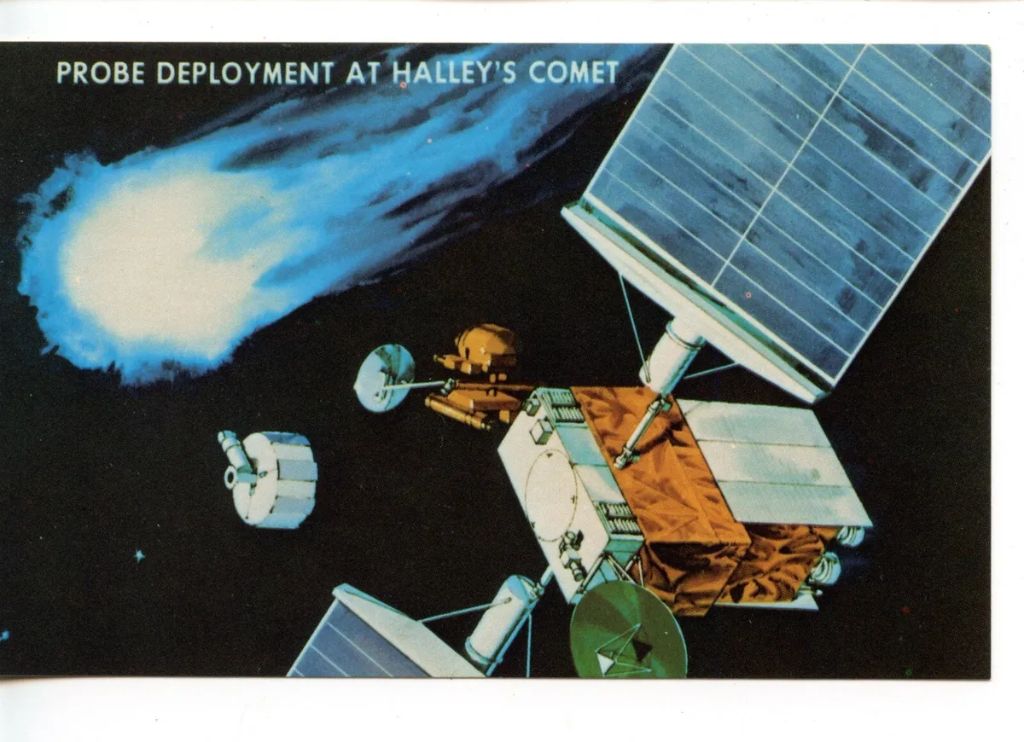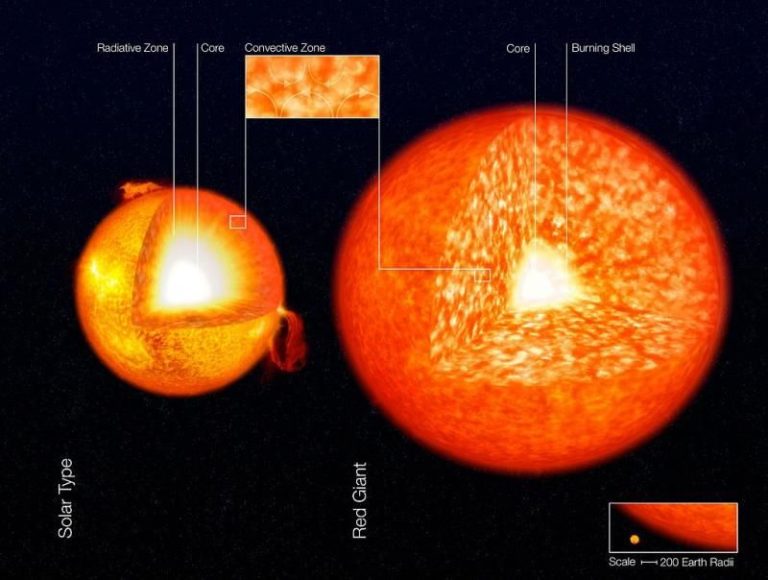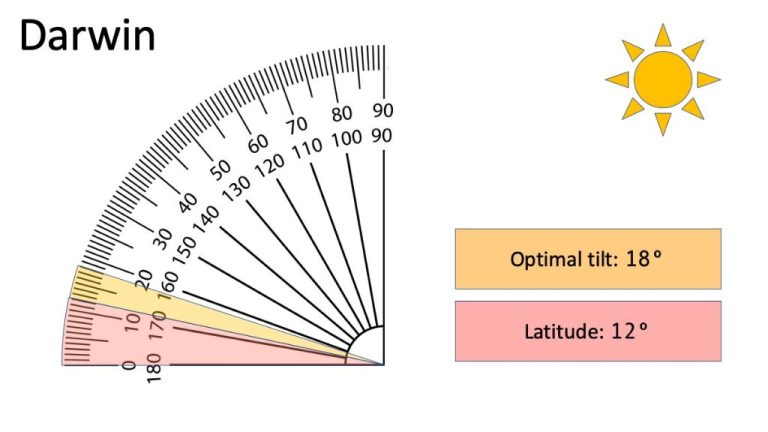Who Went To Solar System First?
Space exploration began in the 1950s with the launch of the first artificial satellites. The Soviet Union launched Sputnik 1 in 1957, becoming the first spacecraft to orbit Earth. The United States followed with Explorer 1 in 1958. This kicked off the Space Race between the two superpowers to demonstrate technological capabilities. Early goals focused on “firsts” like launching the first human into space in 1961 aboard Vostok 1, having the first human spacewalk in 1965, and making the first crewed landing on the moon with Apollo 11 in 1969. With the advent of robotic spacecraft, focus expanded beyond the moon to exploring the rest of the solar system. Missions targeted visiting each of the planets and their moons with flybys, orbiters, landers, and rovers to study their environments. Over decades of work, an amazing amount of knowledge has been gained about our solar system neighbors. Today, the grand challenge is to send humans deeper into space, with goals of returning to the moon and eventually reaching Mars.
Early Space Probes
The first unmanned space probes were launched by the Soviet Union and the United States starting in the late 1950s. These early probes were designed to study the Moon, Venus, and Mars.
Some key early space probes included:

- The Soviet Luna program, which launched the first successful flyby of the Moon with Luna 1 in 1959 (https://en.wikipedia.org/wiki/Uncrewed_spacecraft). The program also included the first spacecraft to impact the lunar surface (Luna 2) and the first spacecraft to photograph the far side of the Moon (Luna 3).
- The NASA Mariner program, which launched a series of flyby probes to study Venus and Mars in the 1960s. Mariner 2 was the first successful interplanetary probe, revealing key details about Venus’ atmosphere and surface when it flew by in 1962 (https://history.nasa.gov/SP-4211/ch10-3.htm).
- The Soviet Venera program, which sent probes to directly study the atmosphere and surface of Venus. Venera 4 was the first probe to directly analyze another planet’s atmosphere when it reached Venus in 1967.
These early probes provided the first close-up glimpses of our neighboring planets and expanded our understanding of the solar system.
First Flybys of Planets
The first successful planetary flyby was accomplished by the Mariner 2 spacecraft, which flew past Venus in 1962. Mariner 2 confirmed that the surface of Venus was extremely hot, with surface temperatures over 800 degrees Fahrenheit (426 Celsius) (https://www.nasa.gov/wp-content/uploads/2023/03/sp-4212.pdf).
Two years later in 1964, the Mariner 4 spacecraft conducted the first flyby of Mars. It returned the first close-up images of another planet, revealing Mars’ cratered surface and thin atmosphere. Mariner 4 helped establish that Mars was colder than Earth and not capable of supporting life as many had speculated (https://www.scribd.com/document/45959934/On-Mars-Exploration-of-the-Red-Planet-1958-1978).
These initial flybys demonstrated the feasibility of sending spacecraft to other planets and paved the way for more advanced orbiters and landers in the decades to come.
First Orbiters
The first spacecraft to successfully orbit other planets were the Mariner 9 and Pioneer Venus orbiters in the early 1970s.
Mariner 9 became the first spacecraft to orbit another planet when it began circling Mars in 1971. It captured thousands of images of the Martian surface, revealing river beds, canyons, craters and evidence of ancient water flows on Mars for the first time (Drifting on Alien Winds). Mariner 9 provided the first detailed maps of Mars and discovered several of its moons.
Pioneer Venus arrived at Venus in 1978 and deployed several probes into its atmosphere. Pioneer Venus Orbiter became the first spacecraft to orbit Venus, completely mapping the planet’s surface and studying its atmosphere over the course of its mission (Photochemistry of the Atmospheres of Mars and Venus). The data returned from Pioneer Venus gave insights into Venus’ extreme greenhouse effect and sulfuric acid clouds.
First Landings on Planets
The first successful landing on another planet was achieved by the Soviet spacecraft Venera 7 in 1970. Venera 7 was launched on August 17, 1970 and reached Venus on December 15, 1970, becoming the first spacecraft to transmit data from the surface of another planet.
The key objectives of Venera 7 were to take the first pictures of the Venusian surface and make the first direct measurements of the planet’s atmosphere. After a 4 month journey, Venera 7 successfully entered the Venusian atmosphere and descended via parachute to the surface. The lander impacted the surface with a force much stronger than expected and its communications system was damaged. But it managed to return a weak signal that was detected back on Earth for 23 minutes, proving it had survived landing. While no images or surface data could be returned, Venera 7 demonstrated for the first time that spacecraft could survive entry and landing on Venus.
The first soft landing on Mars was achieved by Mars 3, launched by the Soviet Union in 1971. On December 2, 1971, Mars 3 released a lander that successfully touched down. It started transmitting to the Mars 3 orbiter 90 seconds after landing, but stopped transmitting after just 20 seconds for unknown reasons. In that brief time, it sent back a gray image scan with poor resolution showing the Martian surface. So while not returning much data, Mars 3 also demonstrated the feasibility of soft landing on Mars.
Sources:
https://www.space.com/30276-venera-7-venus-lander-launch-45th-anniversary.html
https://nssdc.gsfc.nasa.gov/nmc/spacecraft/display.action?id=1970-060A
First Long-Duration Missions
Some of the earliest long-duration missions in our solar system were the Venera 13 probe by the Soviet Union to Venus and the Viking 1 lander by NASA on Mars. The Venera 13 probe was designed to last for only 30 minutes on the harsh surface of Venus, but ended up transmitting data for over 2 hours after landing in March 1982, according to Space.com. Viking 1, which landed on Mars in July 1976, was designed to operate for 90 days but kept transmitting data for over 6 years until contact was lost in November 1982, as reported by NASA. These early long-duration missions provided critical insights into the environments and surfaces of Venus and Mars.
First Missions to Asteroids/Comets
Some of the earliest dedicated missions to asteroids and comets were NEAR Shoemaker and Deep Space 1 in the late 1990s. The NEAR Shoemaker spacecraft was the first to orbit and land on an asteroid, (433) Eros, in February 2001 after launching in 1996 (NEAR Shoemaker, Wikipedia). NEAR Shoemaker entered orbit around Eros in 2000 and took detailed measurements and images of the asteroid’s surface before attempting the first ever landing on an asteroid. The landing was successful but damaged some instruments.
The Deep Space 1 probe was launched in 1998 as part of NASA’s New Millennium program to test new technologies, and it performed flybys of asteroid 9969 Braille in 1999 and comet Borrelly in 2001 (Deep Space 1). Deep Space 1 tested ion propulsion and other technologies that would enable future low-cost missions. Its flyby of Borrelly was the closest comet flyby at the time, returning detailed images and data.
First Missions to Outer Planets
The first missions to the outer planets were the Pioneer 10 and 11 probes launched in the early 1970s. Pioneer 10 was launched in 1972 and became the first spacecraft to travel through the asteroid belt and make close-up observations of Jupiter in 1973 (Source: https://lasp.colorado.edu/outerplanets/missions_pioneers.php). The probe sent back detailed images and data from the gas giant, helping scientists understand Jupiter’s atmosphere, magnetic field, radiation belts, and moons.
Pioneer 11 followed in 1973 and conducted the first flyby of Saturn in 1979, returning valuable insights on the planet’s rings, magnetosphere, and moons like Titan. While the Pioneer probes gathered important data, their flyby nature limited the duration of study. The Voyagers expanded on the Pioneers’ work through conducting comprehensive “grand tours” of the outer solar system in the late 1970s and 1980s.
Voyager 2, launched in 1977, conducted close flybys of all four giant planets – Jupiter, Saturn, Uranus, and Neptune over 12 years. The probe sent back an abundance of data and images, revealing key details like the intricacies of Saturn’s rings, the dynamic weather of Jupiter, and close-up views of Neptune’s moon Triton (Source: https://science.nasa.gov/mission/pioneer-10/). The pioneering Voyager missions fundamentally reshaped our understanding of the outer solar system.
First Missions to Moons
Some of the earliest milestones in space exploration involved journeys to the moons of our solar system’s gas giants. In the 1990s and early 2000s, NASA conducted pioneering missions to explore the moons of Jupiter and Saturn up close for the first time.
The Galileo spacecraft, launched in 1989, became the first to orbit an outer planet when it arrived at Jupiter in 1995. Galileo conducted extensive observations of Jupiter and its moons over 8 years in orbit. The spacecraft discovered evidence of oceans beneath the icy surfaces of Europa, Ganymede, and Callisto and found Io to be the most volcanically active body in the solar system. Galileo also deployed an atmospheric probe into Jupiter to directly sample the gas giant’s atmosphere for the first time (NASA).
NASA’s Cassini spacecraft reached Saturn in 2004 after a 7-year journey. It carried the European Huygens probe, which descended through the thick atmosphere of Saturn’s moon Titan in 2005. This was the first landing ever accomplished in the outer solar system. Cassini orbited Saturn for over 13 years, providing unprecedented views of the planet, its iconic rings, and its many moons before its mission ended in 2017 (JPL).
Conclusion
The exploration and discovery of the solar system has seen many key milestones achieved, starting with early space probes in the 1960s and progressing through first planetary flybys, orbiters, landers, and sample return missions. Multiple nations have contributed to this ongoing journey of space exploration. So far, we have sent probes to every major planet and many moons, asteroids, and comets. Some of the standout achievements include the first planetary flybys of Venus and Mars in the 1960s; the first orbiters around the Moon, Mars, and Mercury in the 1960s and 1970s; the first landings on the Moon, Venus, and Mars in the 1960s through 1970s; and long-term surface missions like the Viking landers on Mars and Cassini’s 13 year exploration of Saturn. While the initial reconnaissance of the solar system is nearly complete, each world holds mysteries yet to be uncovered. Ongoing missions and new plans for exploration will further reveal the composition, geology, history and potential habitability of planets, moons and smaller bodies. As technology advances, the solar system remains a fascinating frontier for continuous robotic and, in future, crewed exploration.





